Every organism on Earth needs energy to live. Except for newly discovered species living in the deepest parts of the ocean, every species on Earth gets the energy they need to live from the sun. Ecosystem food chains and food webs can both be used to show how energy moves from the sun to different animals.
Food Chains

An ecosystem food chain shows the path of energy through a chain of different organisms. The first link on a food chain is a producer. Producers include plants, bacteria, and algae. Plants are an important producer for humans. They use energy from the sun, water, and carbon dioxide in a process called photosynthesis to create energy. The plants use some of this energy to live and grow; the rest is stored for later use.
Links in a Food Chain
The organism that eats the plant is called the primary consumer in the food chain. Both herbivores and omnivores eat plants. Herbivores only eat producers such as plants. Omnivores will eat both producers and other consumers (meat).
The next link in an ecosystem food chain is the secondary consumer. Secondary consumers are either carnivores or omnivores that eat the primary consumers. Carnivores only eat meat (other consumers). Another carnivore or omnivore will eat the secondary consumer. These are called tertiary consumers.
There can be many links to a food chain, but most food chains have a limited number of consumers. This is because a lot of energy is lost with every link of the chain. Each organism will use some of the energy it gets from eating, meaning that less energy is available to the next organism along the chain. This means that there is a lot less energy available to the tertiary consumer than the primary consumer.
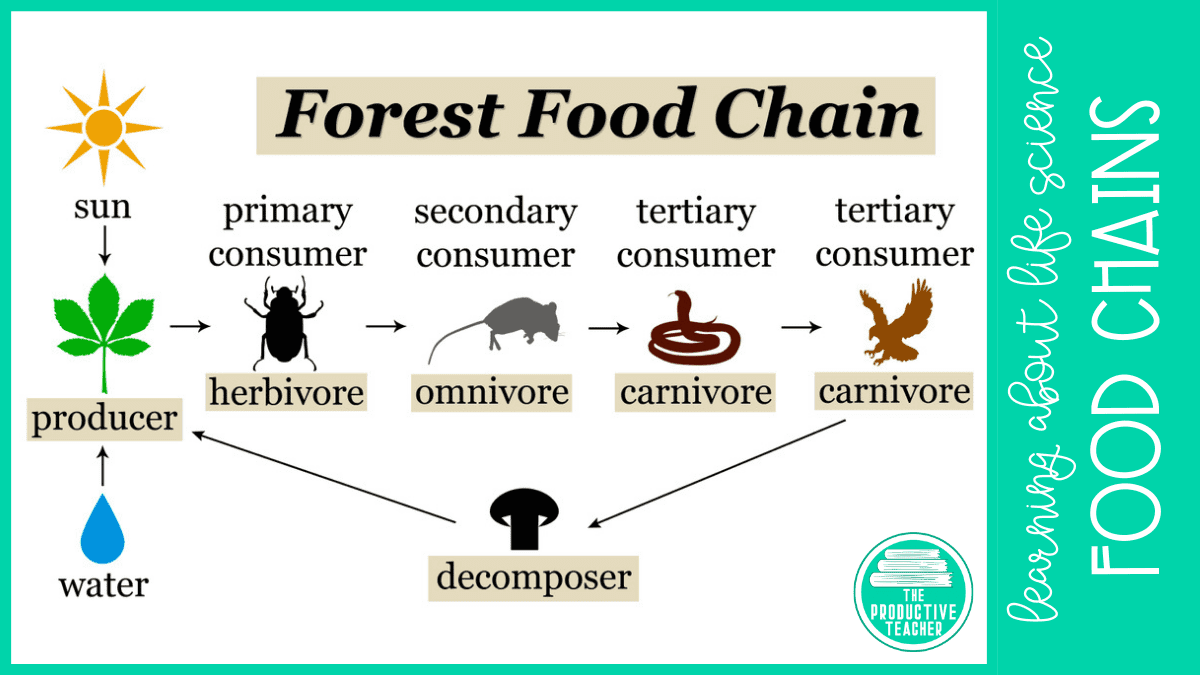
This explains why there are so many more plant-eating fish than fish-eating sharks in the ocean. Currently, there are about 19 billion chickens living on Earth. Compare this number to the 7 billion humans who eat the chickens.
The last link in an ecosystem food chain is a decomposer. Decomposers include bacteria and fungi. These organisms break down dead plants and animals. The nutrients from the dead plants and animals are then left in the soil. The next generation of plants will use these nutrients to grow and develop.
Food Webs
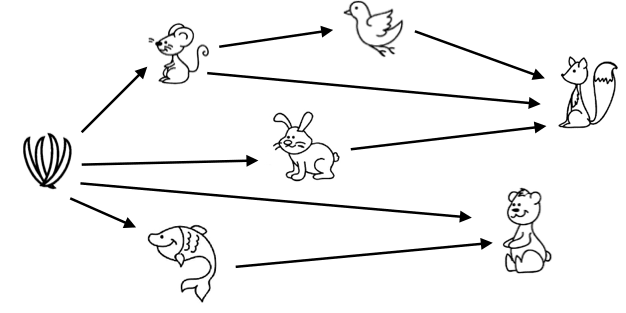
A food web is similar to a food chain, but instead of showing just one energy path, it shows many possible energy paths. For example, an owl (secondary consumer) eats mice (primary consumer), but it also eats rabbits (another primary consumer). Similarly, a goat (primary consumer) is eaten by both a jackal and a lion. Instead of showing just one set of relationships, a food web shows many different relationships between plants and animals.
Drawing Food Chains and Food Webs
When drawing an ecosystem food chain or food web it is important to remember to draw an arrow from the plant or animal that is being eaten to the animal that eats it. The arrows show the direction energy is moving through the food web or food chain. Also, decomposers are not usually shown in food chains or food webs. Even though they are an important part of the ecosystem, drawing decomposers can be confusing because they decompose all plants and animals. This means they don’t have a specific place on a food web or food chain.
Energy Pyramids
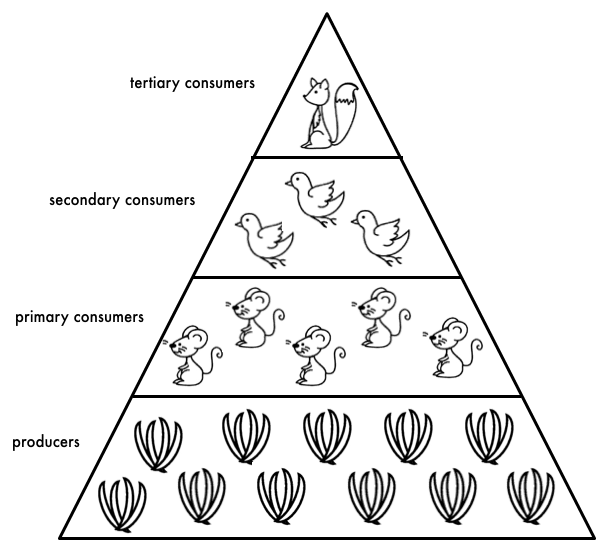
Energy pyramids reinforce the idea that both the amount of energy available and the number of organisms decrease as you move up the food chain. Notice that there are lots of plants at the bottom level of the energy pyramid, but only one tertiary consumer at the top of the pyramid.
Notice that ecosystem food chains and the energy pyramid are describing the same relationships, but they are sharing different information about the relationships.
Also, notice that all of the energy in the pyramid comes from plant producers. Since the plants get their energy from the sun, all of the organisms in the pyramid get their energy from the sun as well.
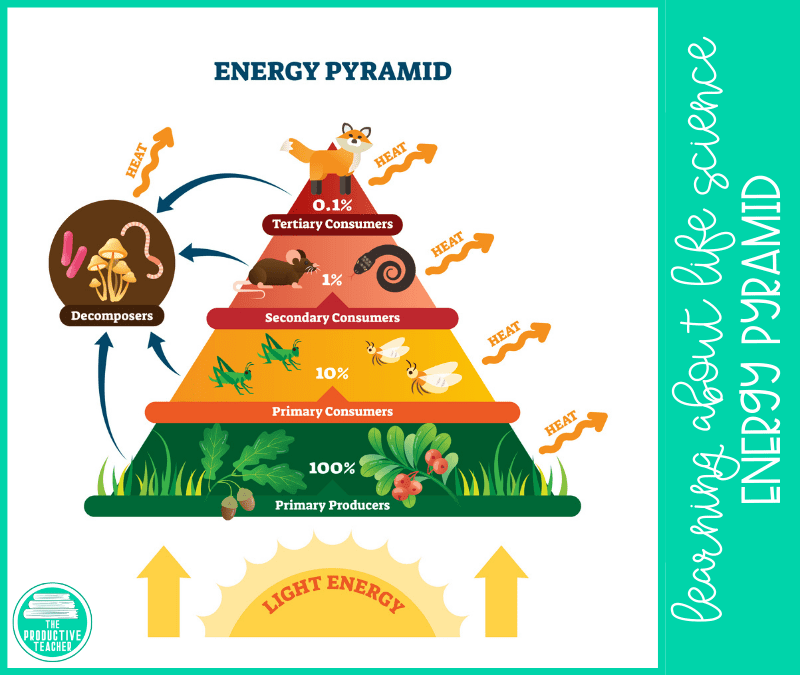
ARE YOU LEARNING ABOUT ANOTHER SCIENCE TOPIC?
Do you want to learn about more than food chains, food webs, and energy pyramids? I am always creating more science units so that every science student can get exactly what they need to understand science. Click on the pictures below to check out other science topics that will help you understand how the world around us works.
MORE SCIENCE RESOUCES
Sometimes you need more support when you are learning about a science topic. You can purchase helpful science resources in my store or at Teachers Pay Teachers.
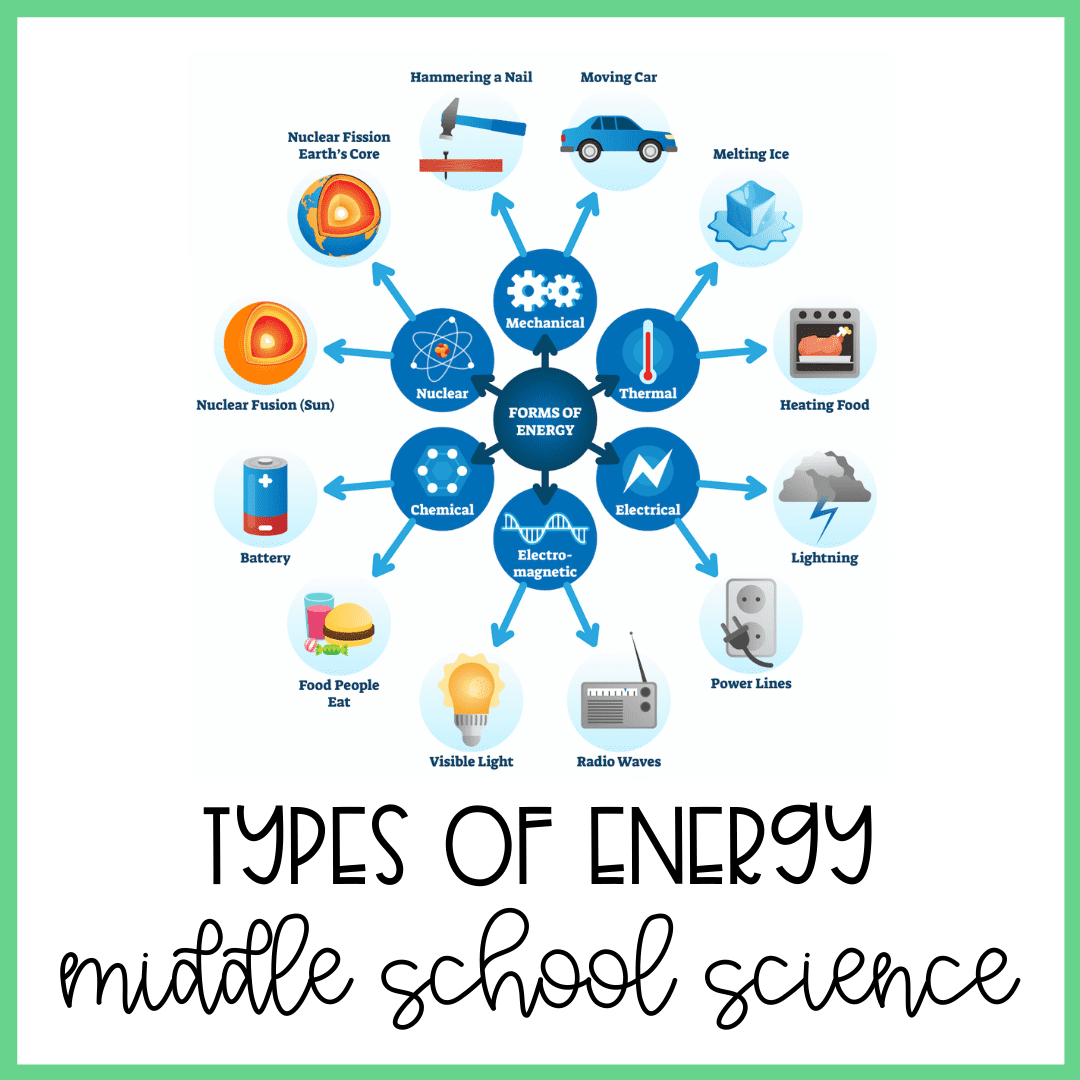
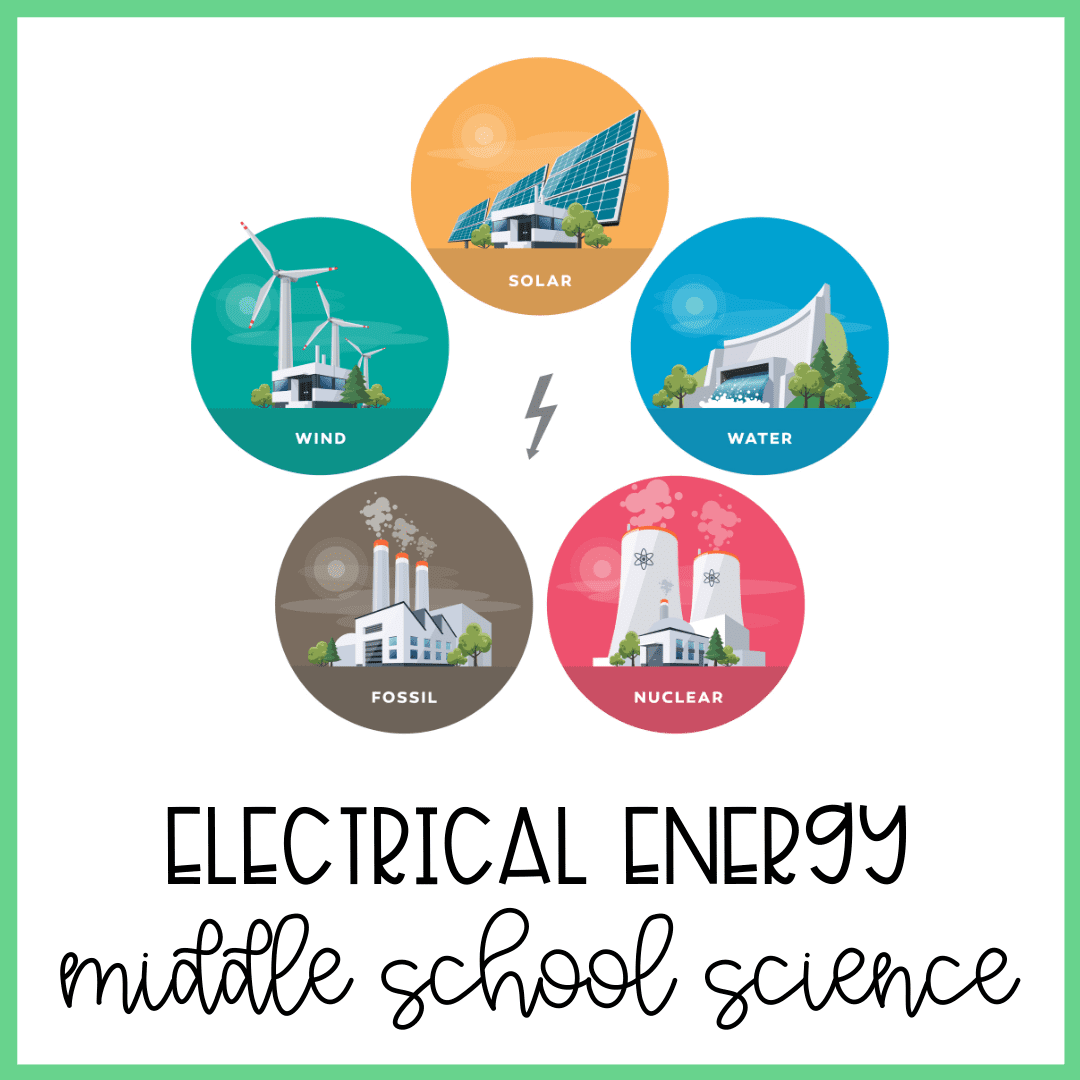
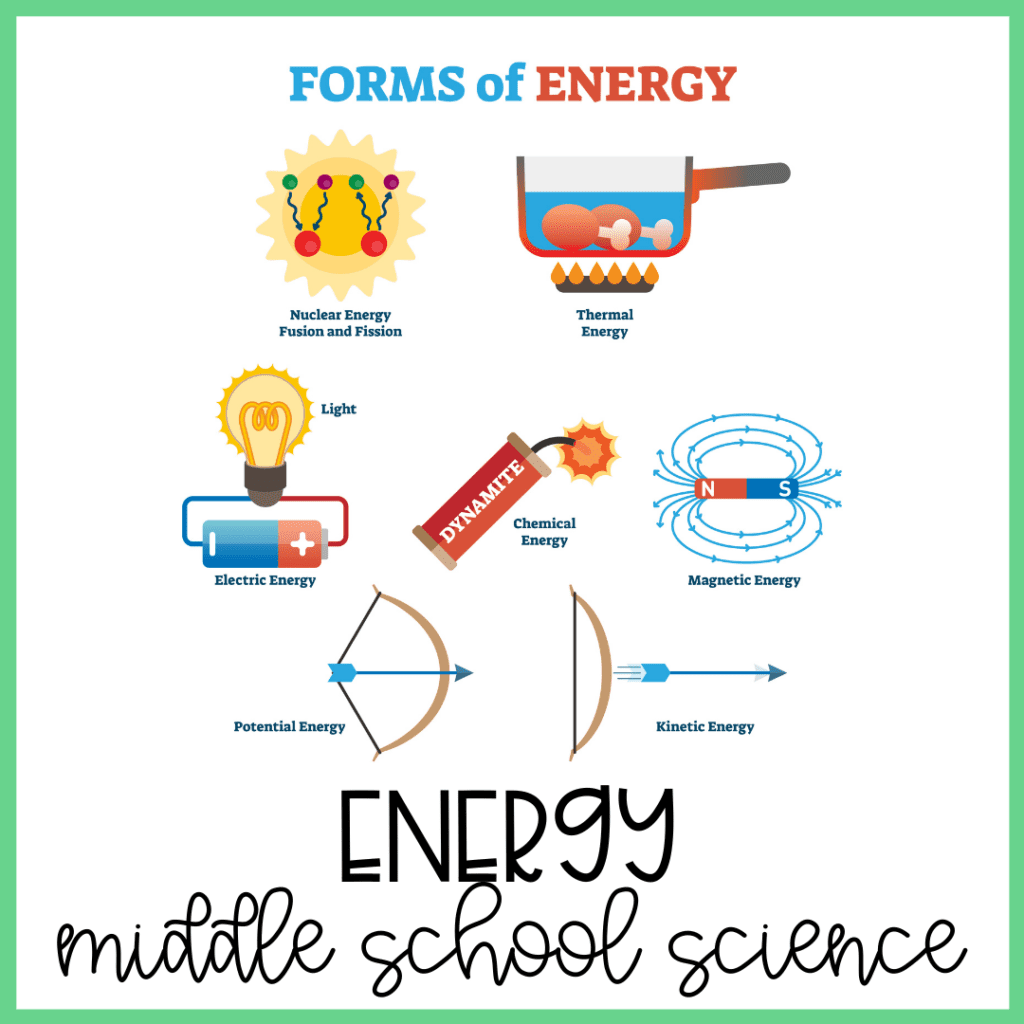
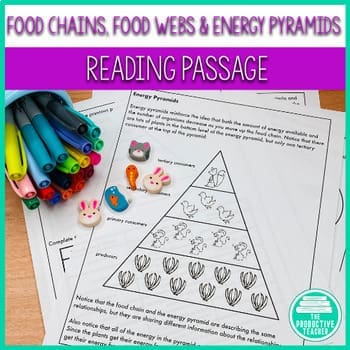
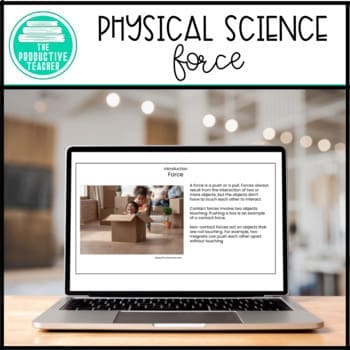
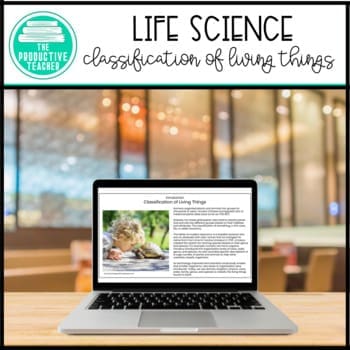

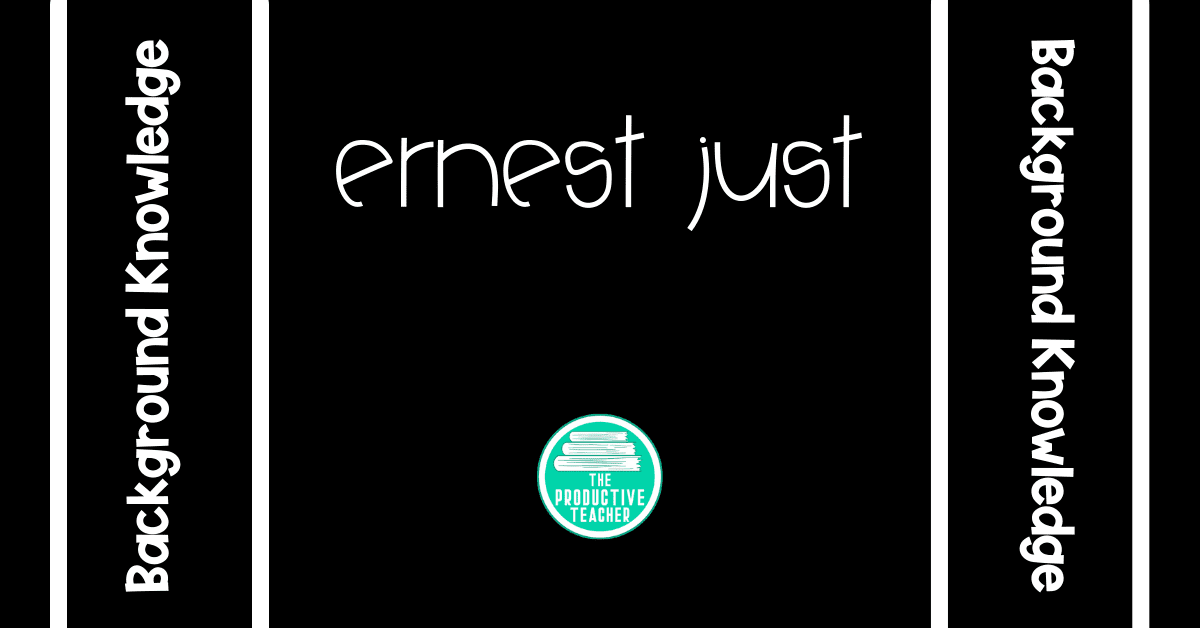
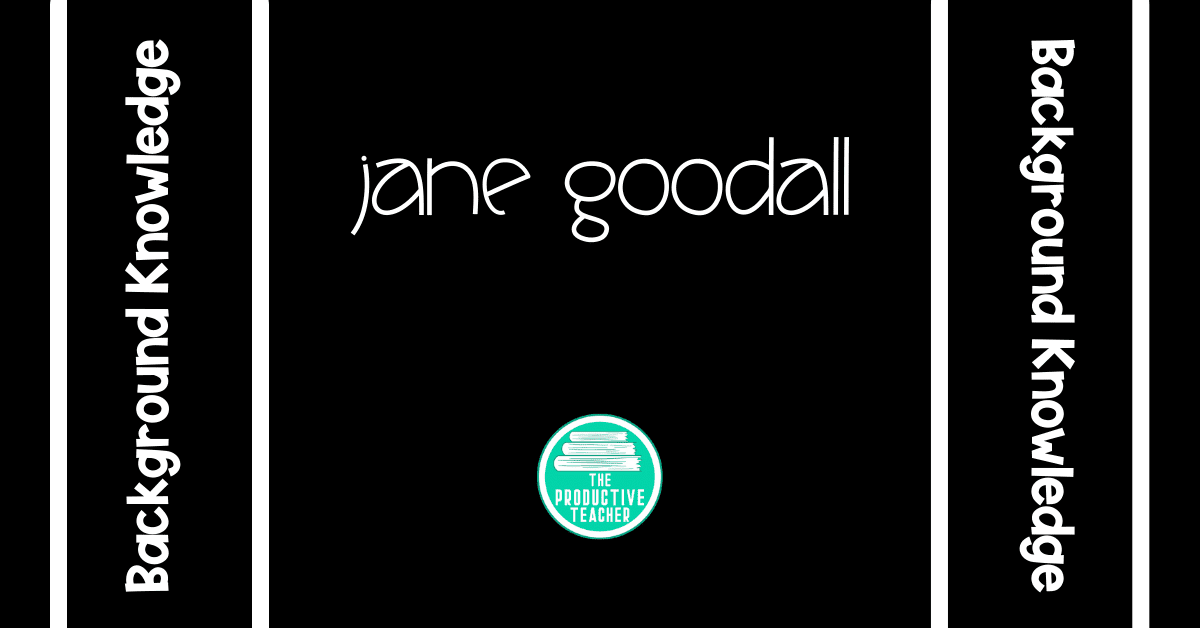
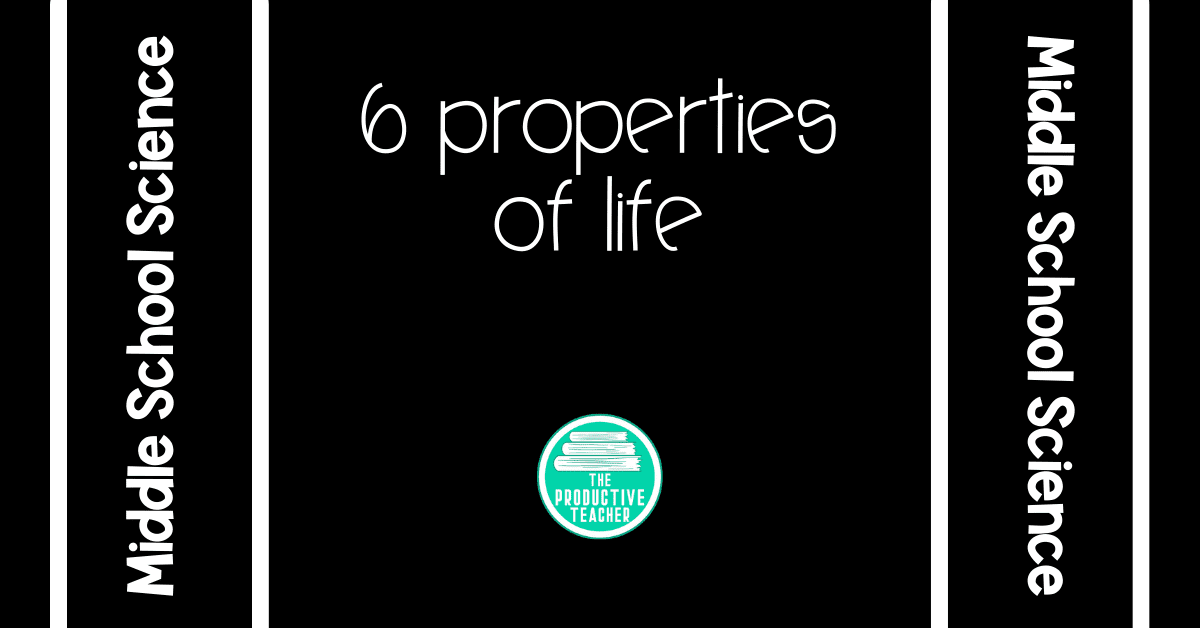
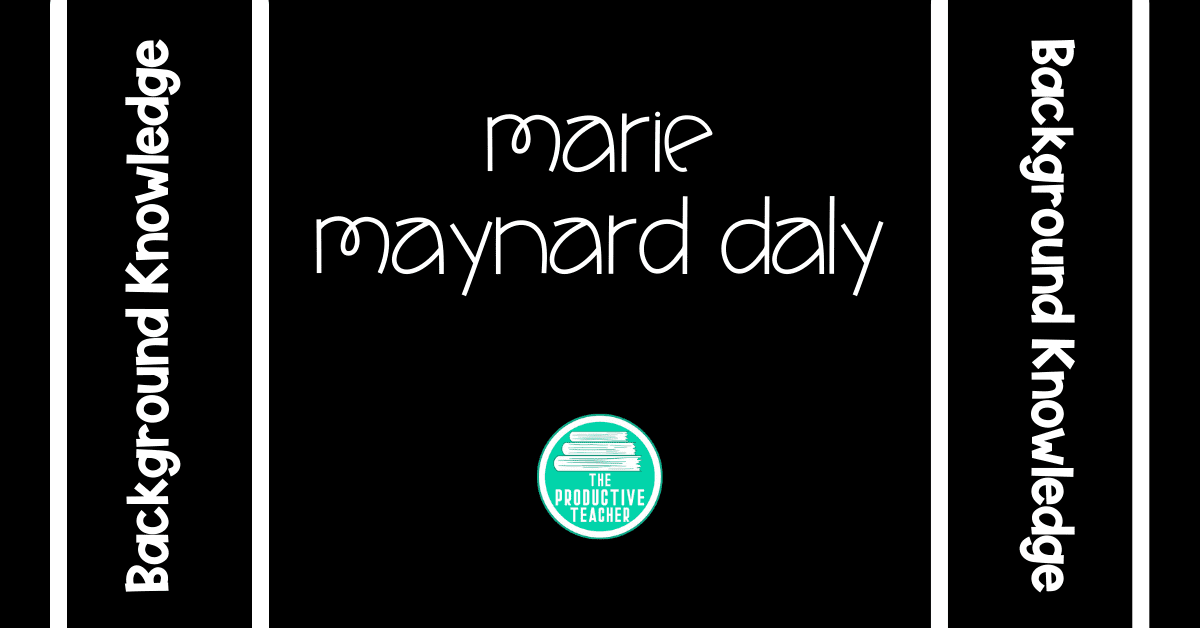

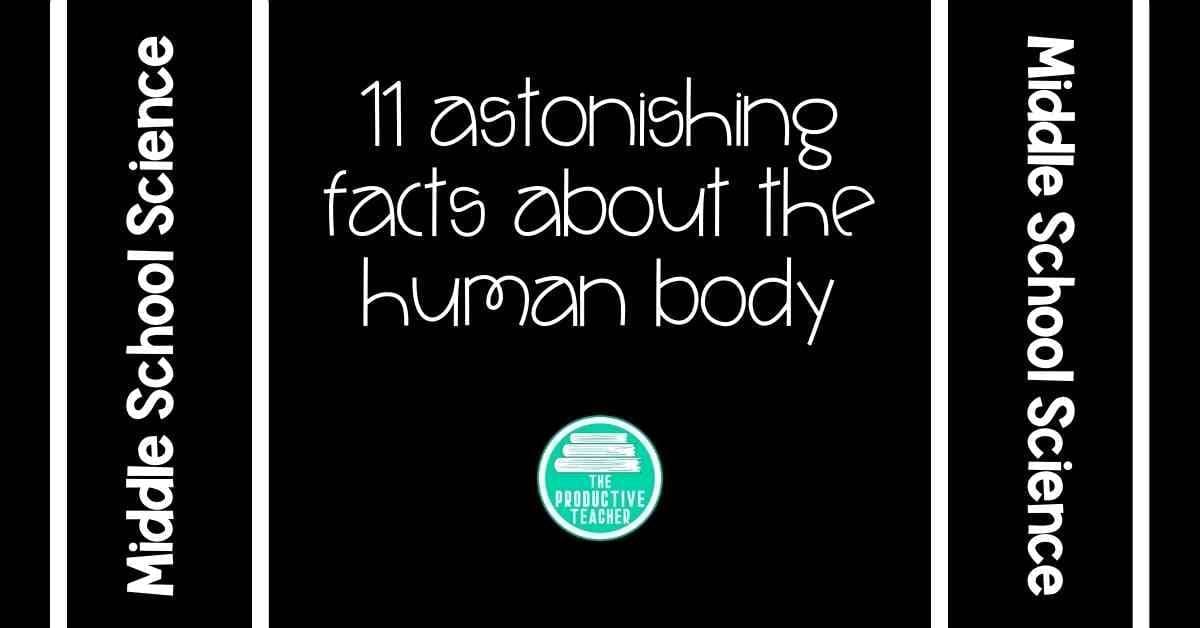
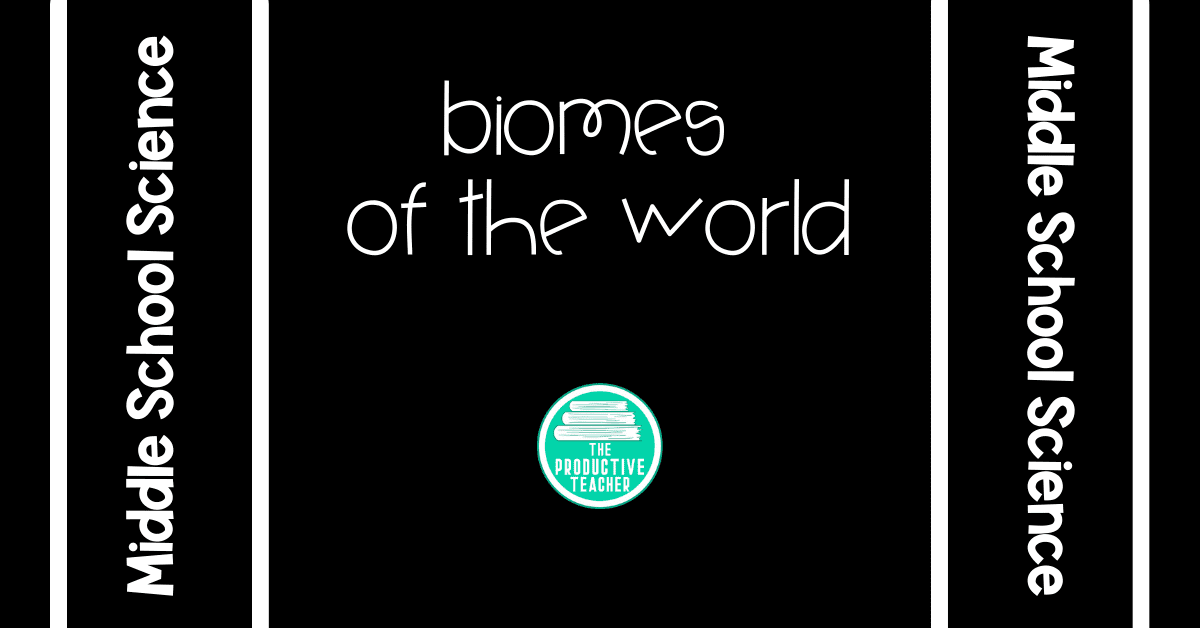
Leave a Reply